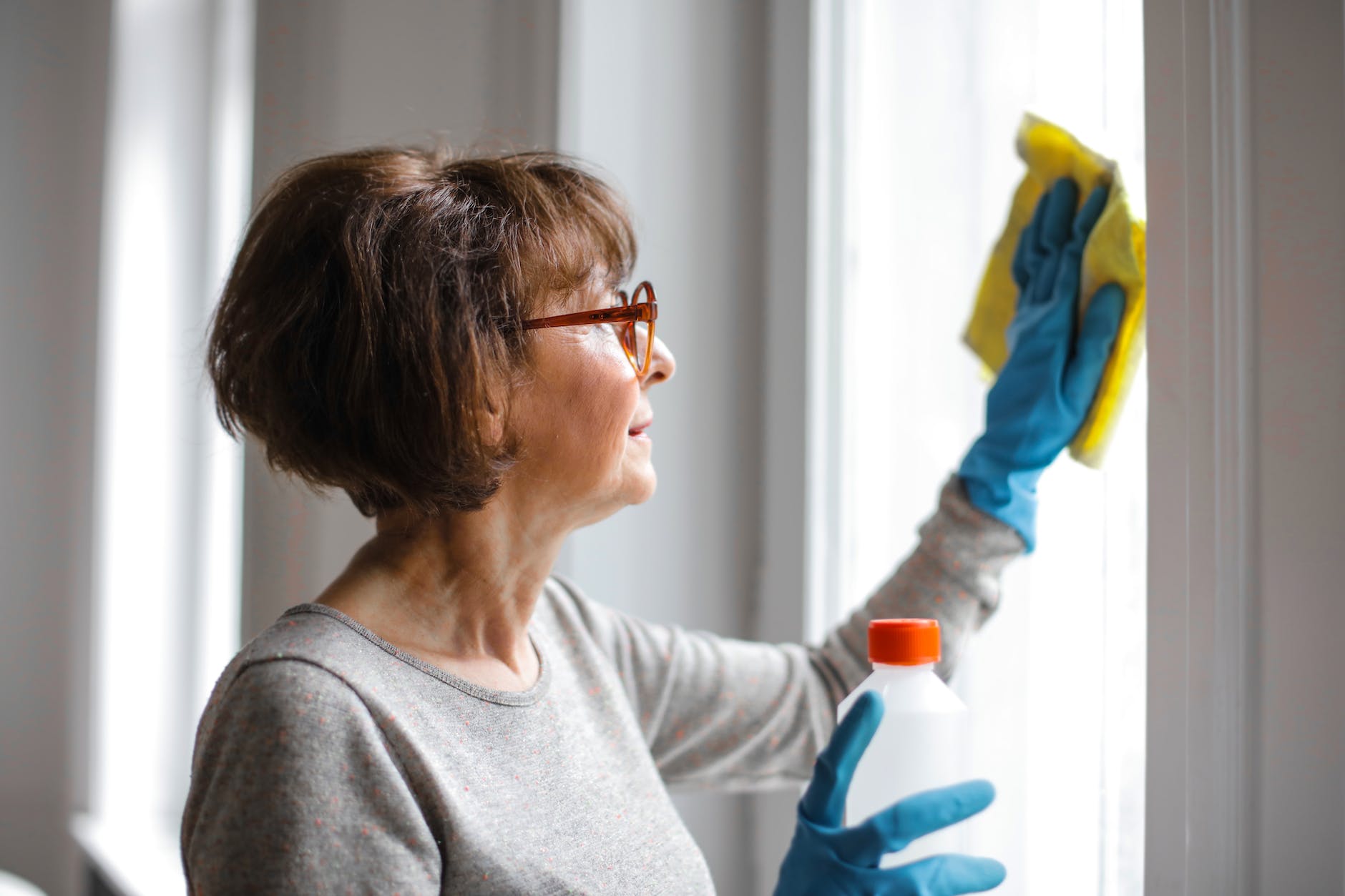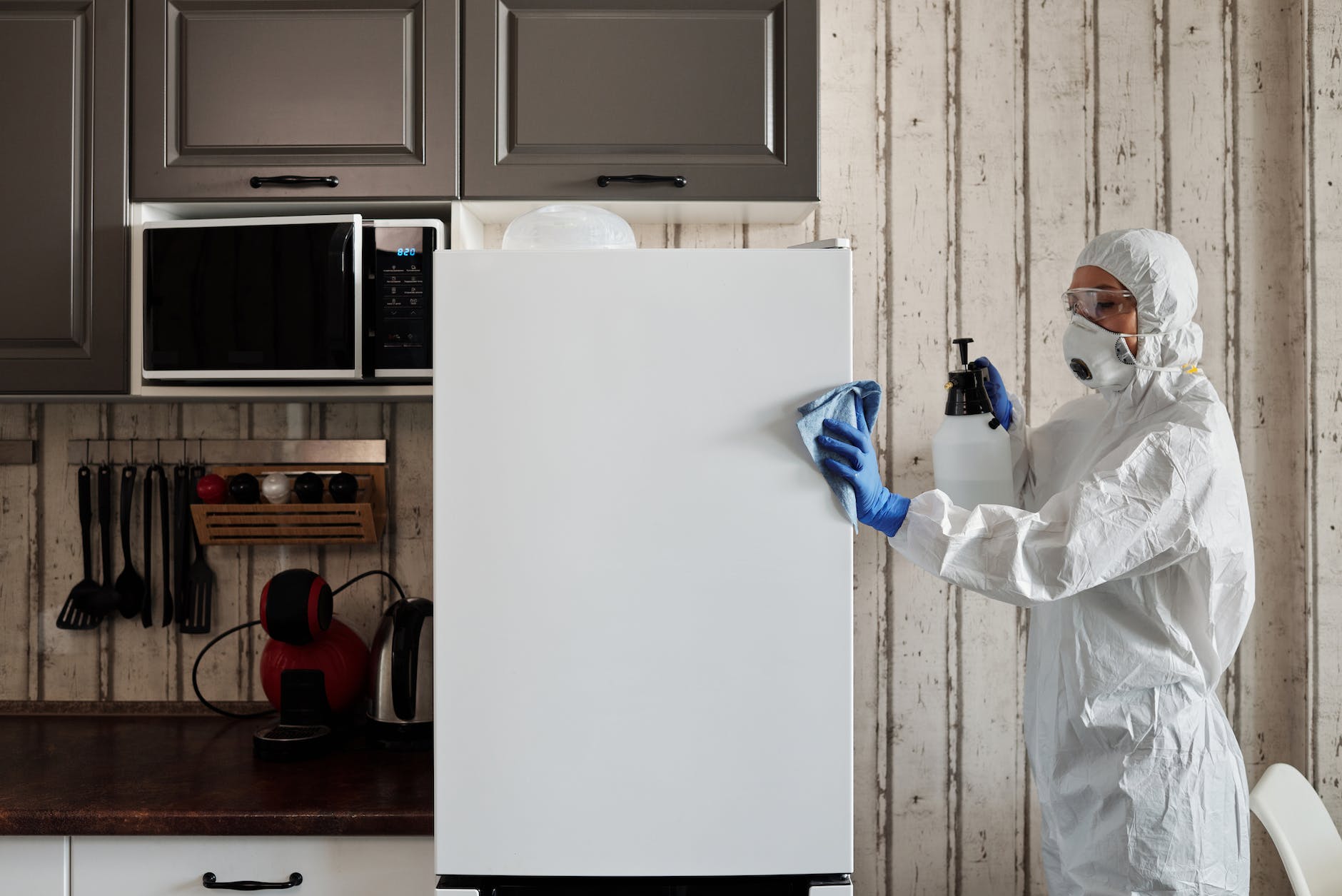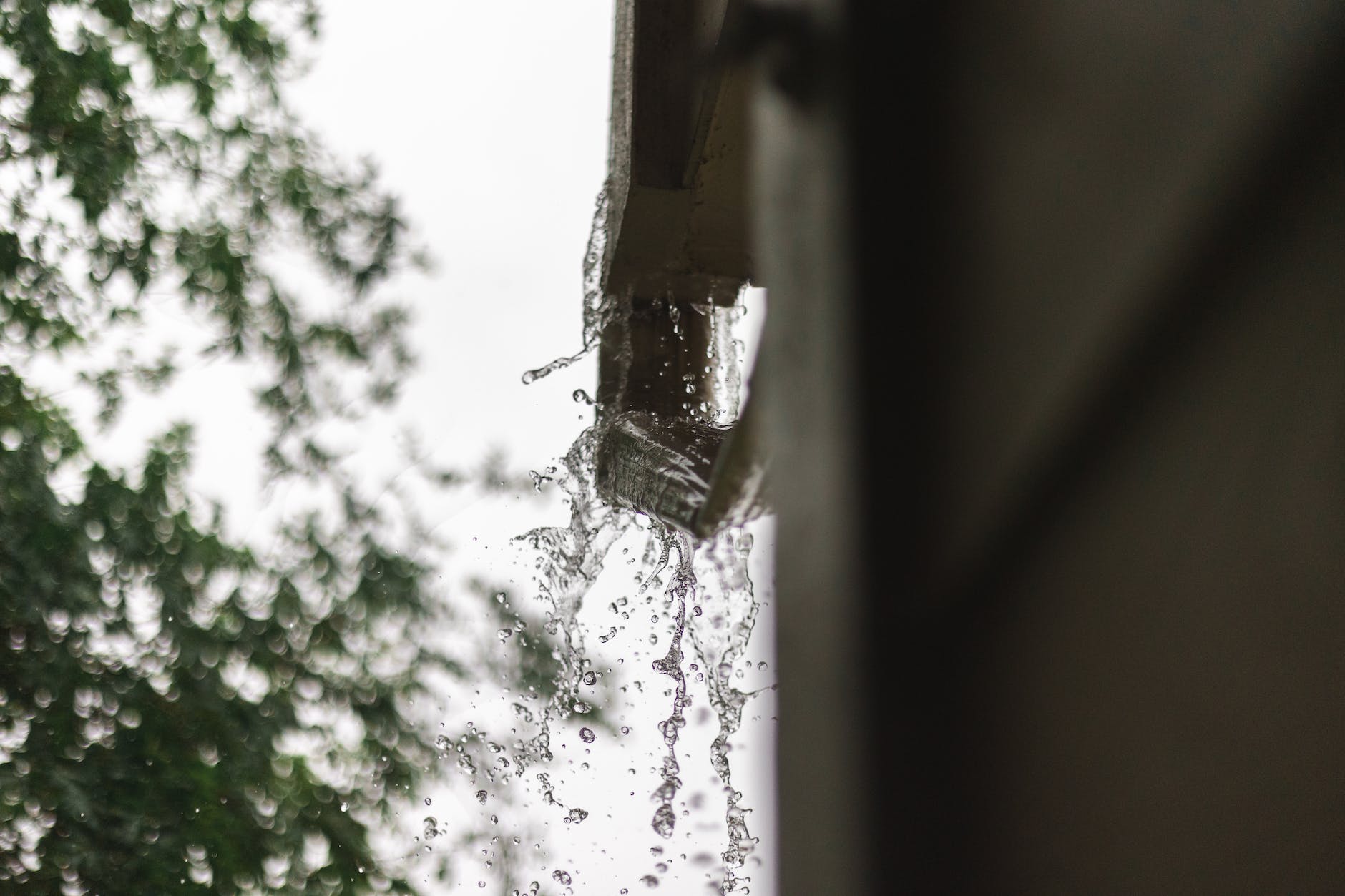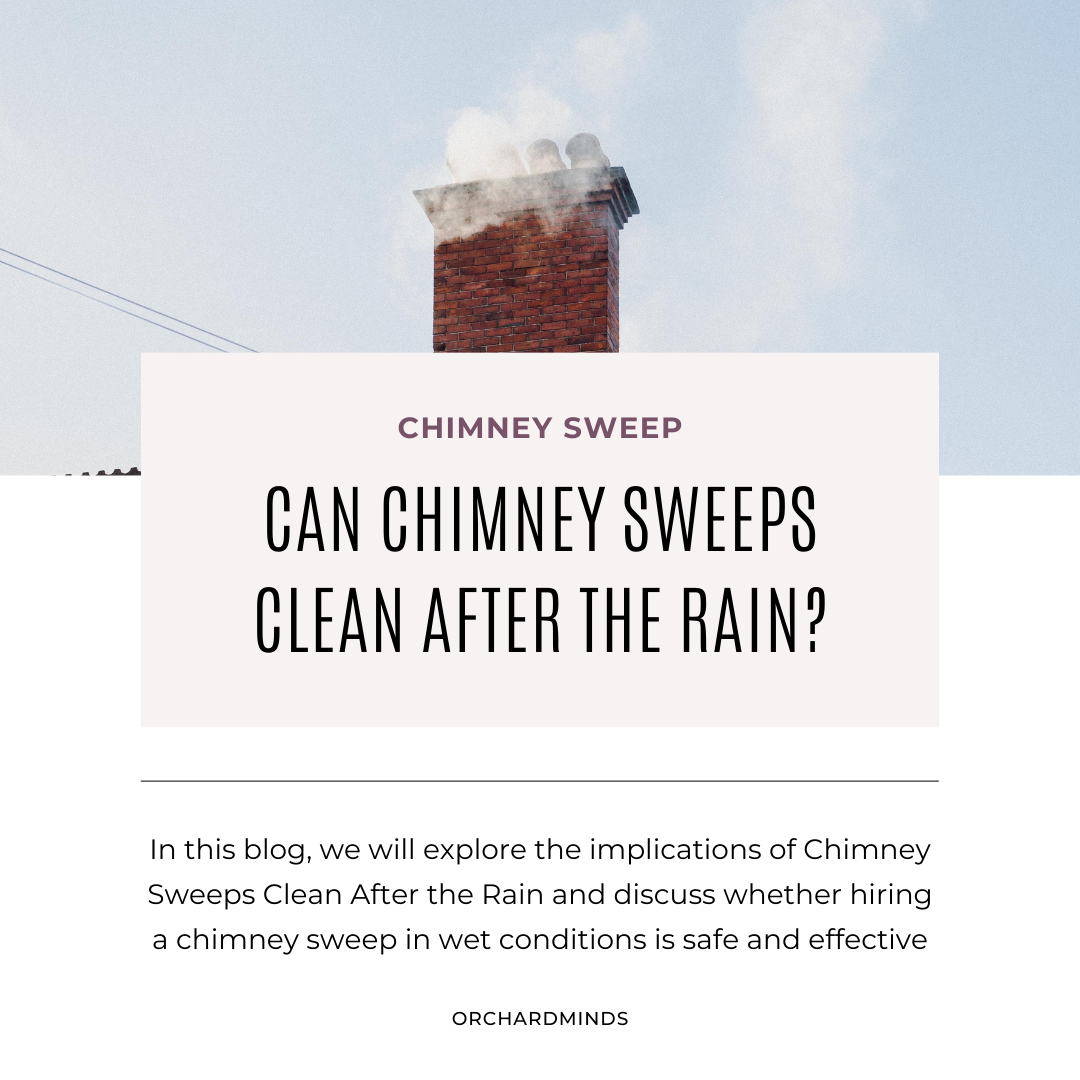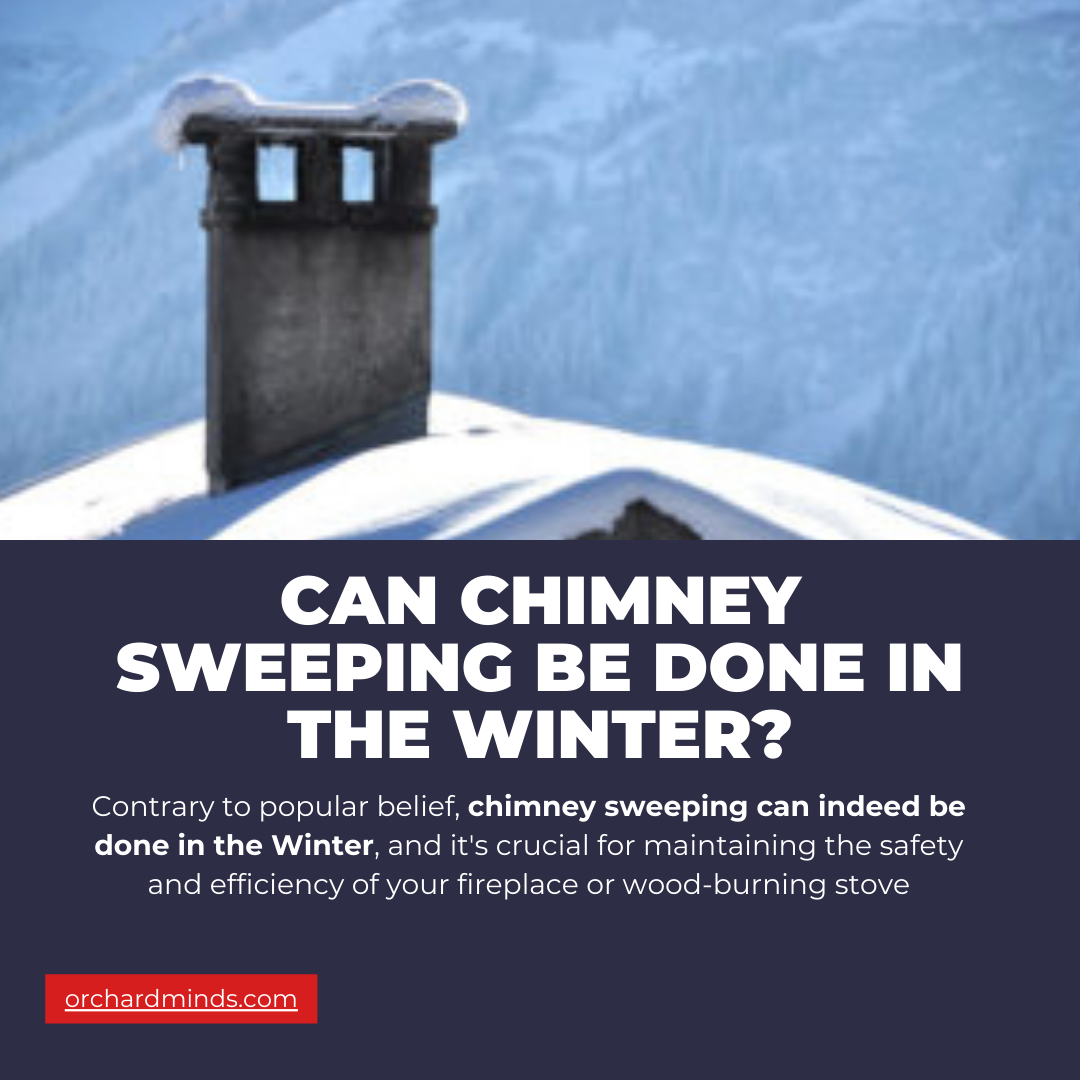Can a Dirty Chimney Make You Sick? Yes, a dirty chimney has the potential to make you sick due to the accumulation of harmful substances like creosote, soot, and other pollutants. When a chimney is not regularly cleaned, these materials can obstruct proper ventilation, releasing toxic gases, including carbon monoxide, into the living space. Inhaling these pollutants can cause various health issues, from respiratory problems and headaches to nausea and dizziness.
Prolonged exposure may exacerbate existing health conditions and pose serious risks. Regular chimney inspections and cleanings by certified professionals are essential to mitigate these health hazards, ensuring a safe and healthy indoor environment for occupants. Installing carbon monoxide detectors provides additional protection by alerting residents to potential dangers and prompting swift action to address any issues with the chimney or heating system.
Creosote Exposure
Creosote exposure is a significant concern associated with using wood-burning appliances and, particularly, with operating dirty or poorly maintained chimneys. Creosote is a black, tar-like substance that forms during the combustion of wood or other organic materials. When a chimney is not regularly cleaned, creosote can accumulate on the inner walls, creating a potential hazard. Beyond its highly flammable nature, creosote poses health risks. Inhalation of creosote fumes can irritate the respiratory system, causing symptoms such as coughing, difficulty breathing, and other respiratory issues. Prolonged exposure may contribute to more severe health concerns, especially for individuals with pre-existing respiratory conditions.
Moreover, creosote exposure can occur through skin contact, potentially causing skin irritation or chemical burns. Regular chimney inspections and cleanings are imperative to mitigate the dangers associated with creosote buildup, ensuring the home’s safety and its occupants’ well-being. Protective measures, including using proper ventilation during wood burning and installing carbon monoxide detectors, are additional steps to safeguard against creosote-related risks.
Symptoms of Creosote Exposure
Symptoms of creosote exposure primarily manifest as respiratory issues due to the inhalation of creosote fumes. Individuals exposed to creosote may experience symptoms such as persistent coughing, difficulty breathing, and nose and throat irritation. Prolonged exposure or higher concentrations of creosote can exacerbate respiratory conditions and lead to more severe complications. Additionally, skin contact with creosote may cause skin irritation or chemical burns. It is crucial to prioritize proper ventilation during wood burning, ensure regular chimney inspections and cleanings, and use protective measures such as gloves and masks when handling or disposing of creosote materials. Seeking medical attention if symptoms persist or worsen is essential for addressing potential health concerns associated with creosote exposure.
Can Chimneys Cause Carbon Monoxide
Yes, chimneys can contribute to the presence of carbon monoxide (CO) if not properly maintained. The incomplete combustion of fuels, such as wood or gas, in a fireplace or heating appliance can produce carbon monoxide. If a chimney is obstructed or has a buildup of creosote, soot, or other debris, it may impede the proper venting of these gases, leading to their release into the living space. Carbon monoxide is a colourless, odourless gas that can be harmful or fatal when inhaled in high concentrations.
Regular chimney inspections, cleanings, and proper ventilation are crucial to prevent the risk of carbon monoxide exposure, ensuring the safe operation of heating appliances and promoting the well-being of occupants in the home. Installing carbon monoxide detectors provides additional protection by alerting residents to potential dangers and prompting swift action to address any issues with the chimney or heating system.
Do Creosote Logs Work?
Creosote logs, often marketed as chimney cleaning or creosote-reducing products, are designed to break down and loosen the creosote deposits inside the chimney when burned. While these logs can sometimes be effective, their performance may vary. Creosote logs work by releasing additives into the fire that claim to alter or reduce the creosote buildup. However, they are not a substitute for professional chimney cleaning. It’s essential to note that the effectiveness of creosote logs depends on factors such as the type and amount of creosote present in the chimney.
Regular chimney inspections and cleanings by certified professionals remain the most reliable method to ensure a safe and well-maintained chimney. At the same time, creosote logs can be considered as a supplementary measure in between professional services.
FAQs
Q: Can a dirty chimney make you sick? A: Yes, a dirty chimney can pose health risks. The accumulation of substances like creosote, soot, and other pollutants in a chimney can obstruct proper ventilation, releasing harmful gases, including carbon monoxide, into the living space. Inhaling these pollutants can cause various health issues, from respiratory problems and headaches to nausea and dizziness.
Q: What are the symptoms of being sick from a dirty chimney? A: Symptoms may include headaches, dizziness, weakness, nausea, confusion, and, in severe cases, vomiting, chest pain, and loss of consciousness. Prolonged exposure may exacerbate existing health conditions and pose serious risks.
Q: How can I prevent getting sick from a dirty chimney? A: Regular chimney inspections and cleanings by certified professionals are crucial to mitigate health hazards, ensuring a safe and healthy indoor environment. Installing carbon monoxide detectors provides additional protection by alerting residents to potential dangers.
Q: Can a dirty chimney cause respiratory issues? A: Yes, a dirty chimney can release pollutants like creosote and soot into the air, which may contribute to respiratory problems, especially for individuals with pre-existing conditions such as asthma or allergies.
Q: How often should I have my chimney inspected to prevent health risks? A: A certified professional should inspect your chimney annually to identify and address potential issues, reducing the risk of health hazards associated with a dirty chimney.
Q: Are there immediate symptoms of health issues caused by a dirty chimney? A: Yes, symptoms such as headaches, dizziness, or nausea may occur relatively quickly upon exposure to pollutants released by a dirty chimney. If these symptoms occur, seeking fresh air and professional assistance is essential.
